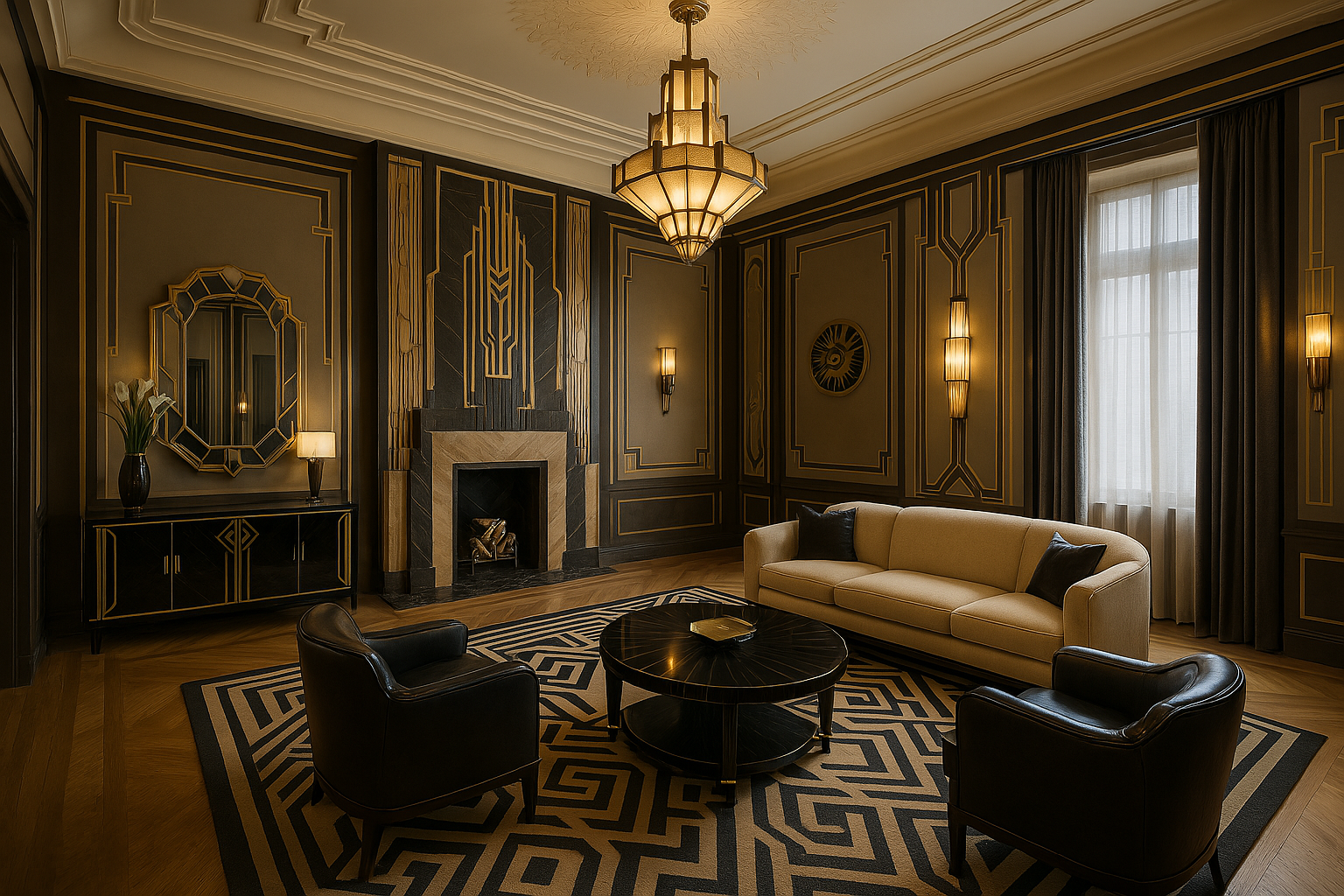Few architectural styles have left as enduring and elegant a mark on North America’s built environment as Art Deco. Born in the opulent spirit of the 1920s and 30s, Art Deco was more than just a style.
It was a cultural statement.
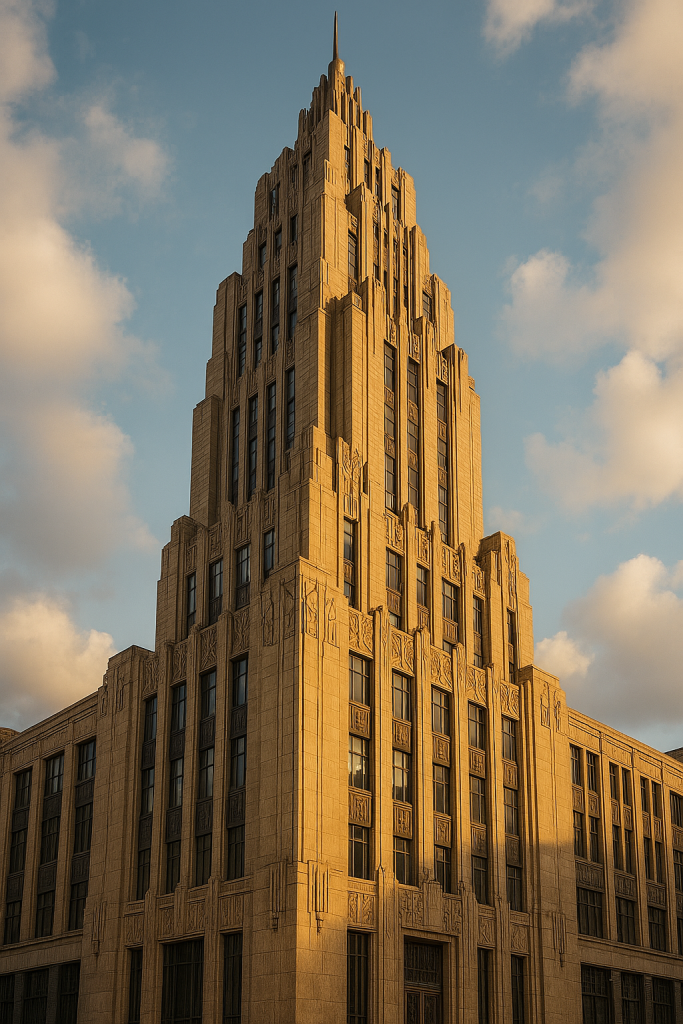
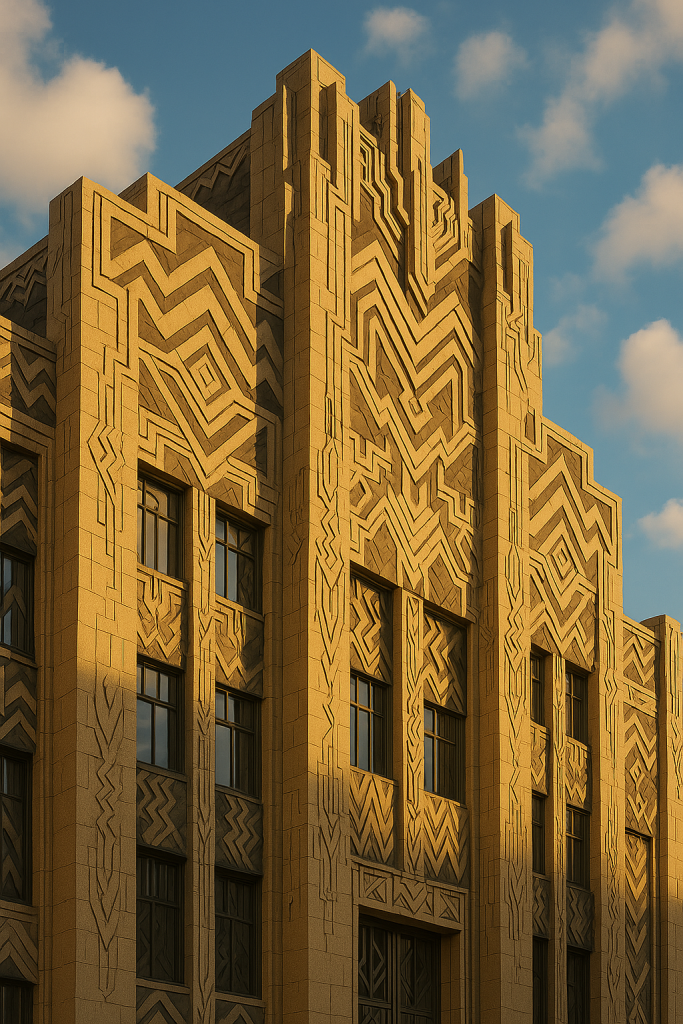
Defined by geometric precision, luxurious materials and sculptural form, Art Deco embodied optimism, modernity and refined glamour.
Today, its influence still resonates in luxury design. From the facades of historic skyscrapers to the fine detailing in custom doors and interiors found in high-end residences across Canada and the United States.
For homeowners who value timeless sophistication and architectural grandeur, understanding Art Deco is a lesson in how beauty, craftsmanship and innovation come together in perfect balance.
A Glimpse into Art Deco: Origins and Principles
Art Deco first emerged in France during the Exposition Internationale des Arts Décoratifs et Industriels Modernes in 1925 before making its way across the Atlantic.
In North America, it arrived at a time of rapid growth and newfound optimism, especially in major cities like New York, Chicago, Toronto and Montreal.
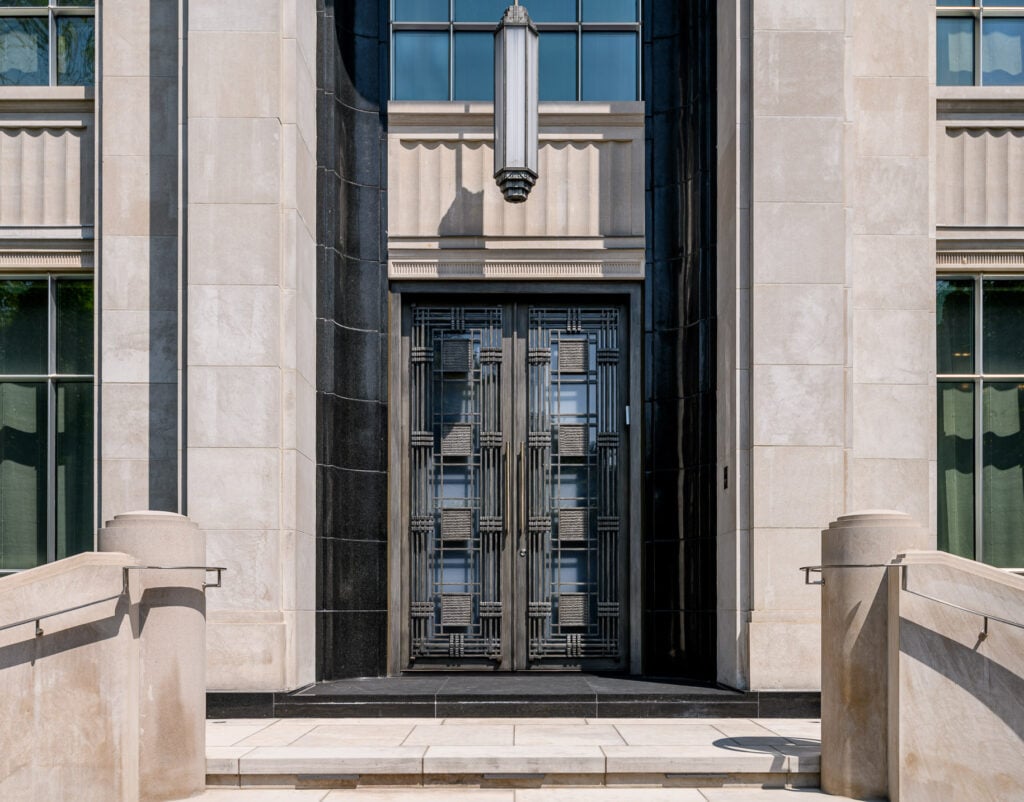
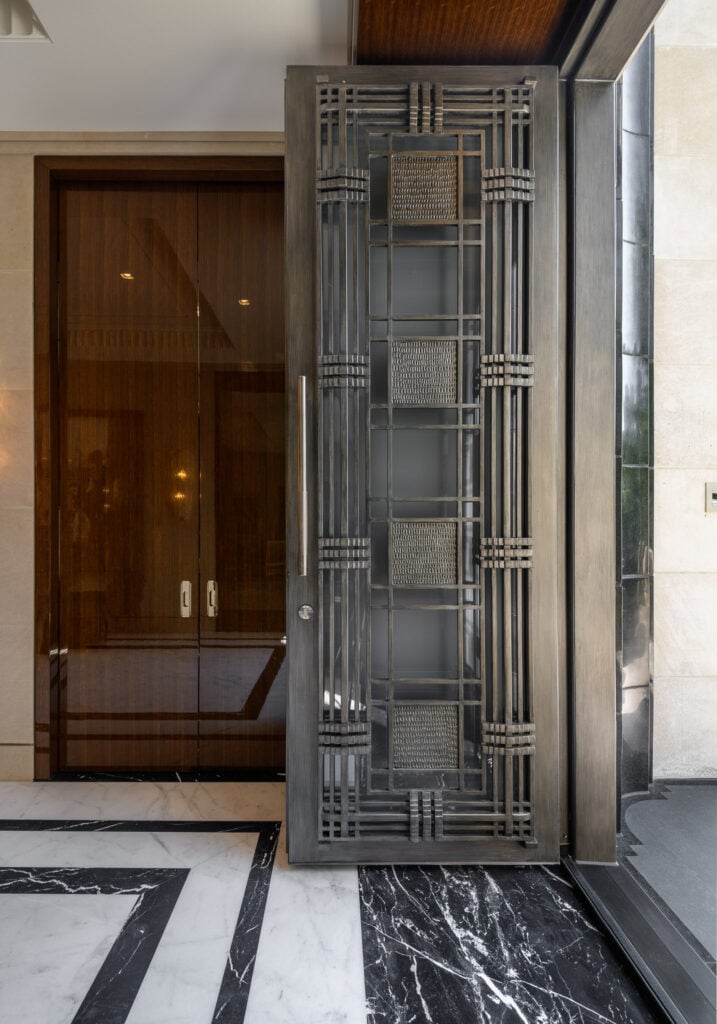
This architectural movement was characterized by:
• Symmetrical compositions
• Bold geometric forms such as zigzags, sunbursts and chevrons
• Lavish materials like bronze, marble, lacquered wood and stainless steel
• Streamlined ornamentation, often influenced by ancient Egypt, Mayan motifs and the Machine Age
What made Art Deco unique was its ability to blend modernity with elegance, making it an ideal style for both skyscrapers and luxury interiors.
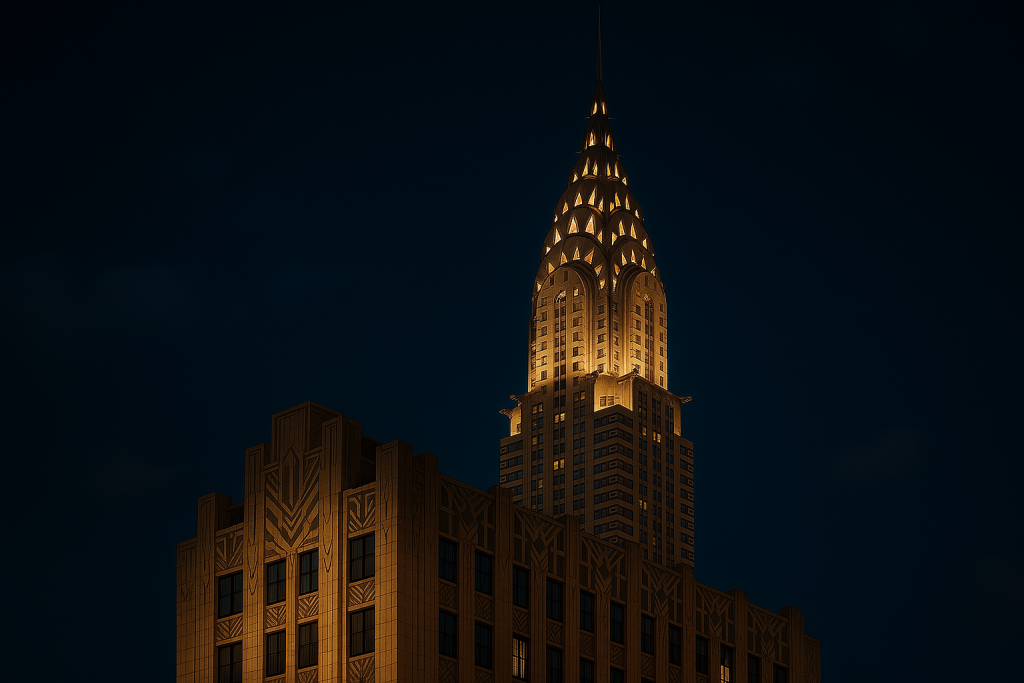
Iconic Art Deco Buildings in North America
Chrysler Building – New York City
Arguably the most celebrated Art Deco skyscraper in the world, the Chrysler Building is a shimmering tribute to the Machine Age. Completed in 1930, its stainless-steel crown, tiered setbacks and stylized eagle gargoyles made it a symbol of modernity and power.
Marine Building – Vancouver
A Canadian Art Deco treasure, Vancouver’s Marine Building features sea-life motifs, brass detailing and an ornately decorated lobby that evokes the opulence of a bygone era. Completed in 1930, it remains one of Canada’s most beautifully preserved examples of Art Deco.
Union Station – Toronto
While primarily Beaux-Arts in form, Toronto’s Union Station features many Art Deco-inspired interior elements, including geometric carvings and bronze detailing. These flourishes reflect the transition from classical to modernist design in early 20th-century Canada.
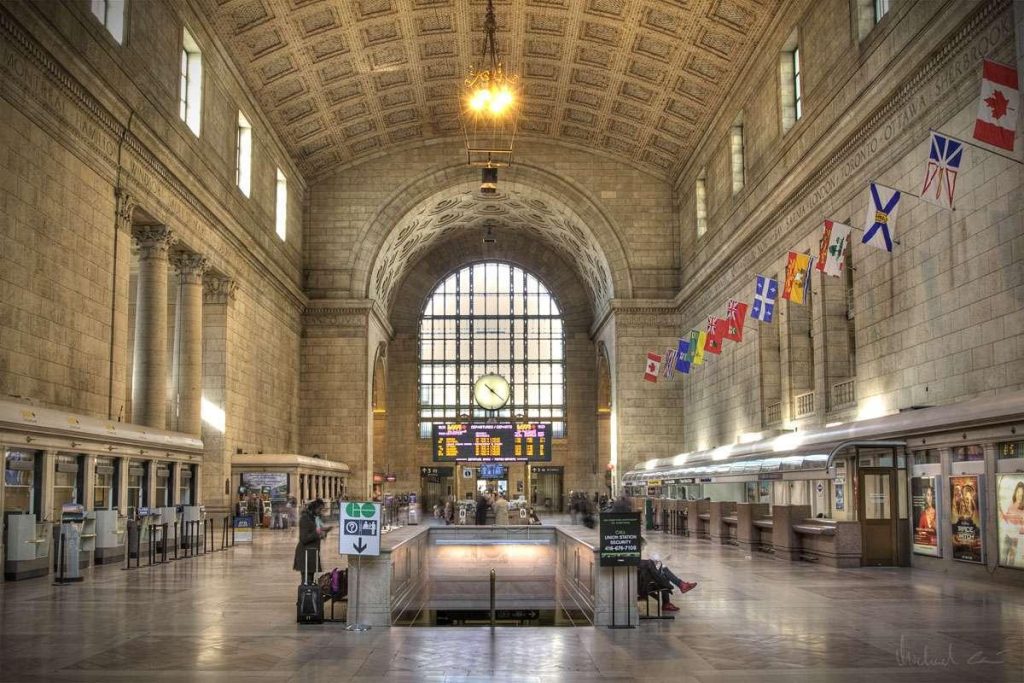
Bullocks Wilshire – Los Angeles
This former department store in Los Angeles showcases Art Deco’s ability to translate into retail elegance. With vertical fluting, copper tower accents and lavish interiors, it remains a beloved landmark.
Aldred Building – Montreal
This 23-story skyscraper in Old Montreal mirrors the setbacks and proportions of New York’s towers but with Canadian restraint. Built in 1931, the Aldred Building features stone facades, tiered geometry and ornate entryways that echo Art Deco principles with a local touch.
Art Deco’s Lasting Influence on Luxury Design
Though its golden age passed decades ago, Art Deco continues to influence contemporary luxury architecture and interior design in North America, especially in custom-built homes.
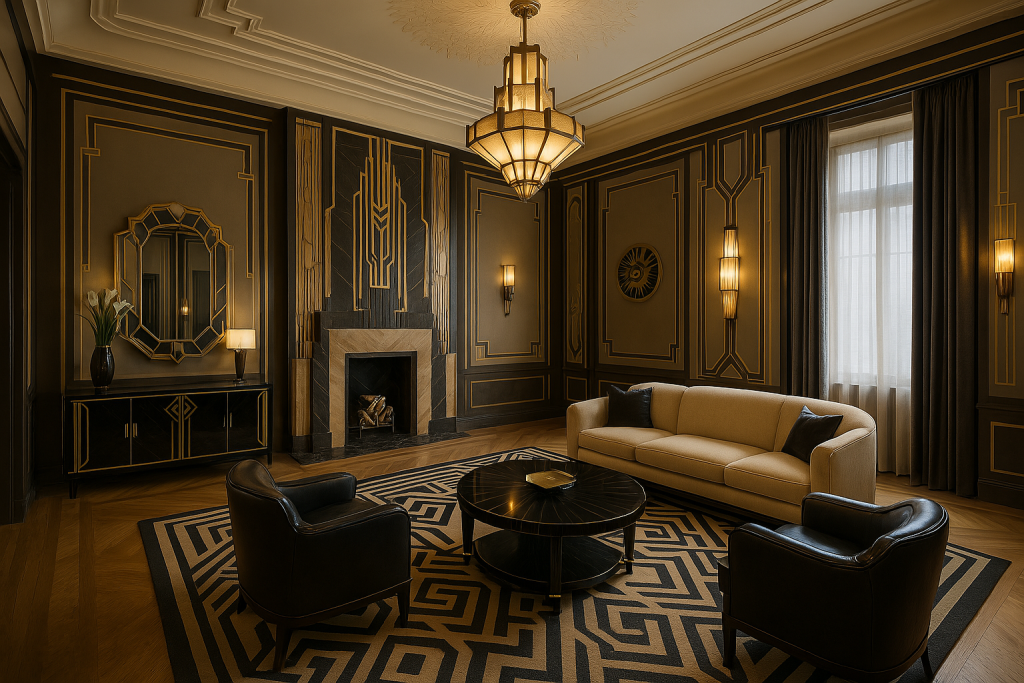
Where We See It Today:
• Custom Doors and Ironwork
Clean lines, sunburst motifs and symmetrical carvings appear in bespoke doors, offering a grand yet timeless presence. At Art Boulle, many custom doors incorporate Art Deco geometry paired with modern materials like bronze, textured glass and fine hardwoods.
• Interior Detailing
Ceiling moldings, built-in cabinetry, stair railings and custom furniture frequently take cues from Art Deco’s emphasis on geometry, bold pattern and material contrast.
• Architectural Facades
In luxury estates and condos across Canada, Art Deco-inspired facades bring a level of architectural drama and detail rarely seen in modern minimalist builds.
Art Deco has become a language of refined confidence. A style that says the home was crafted, not copied.

Why Art Deco Appeals to High-End Canadian Homeowners
For Canada’s elite homeowners, Art Deco’s revival is no accident. The style speaks to those who value craftsmanship over trends, structure with ornamentation and historical richness with modern functionality.
More than anything, it offers a design framework that blends beautifully with bespoke elements. From a custom iron gate in Rosedale to a luxury front door in Westmount or a statement staircase in Yorkville.
These design choices make the home not just valuable, but memorable.
Bringing Art Deco into Your Home with Art Boulle
At Art Boulle, we believe that heritage styles like Art Deco deserve to be celebrated, not replicated.
Our approach blends the precision of the past with the innovation of the present, resulting in custom doors, metalwork and interiors that feel elevated, tailored and enduring.
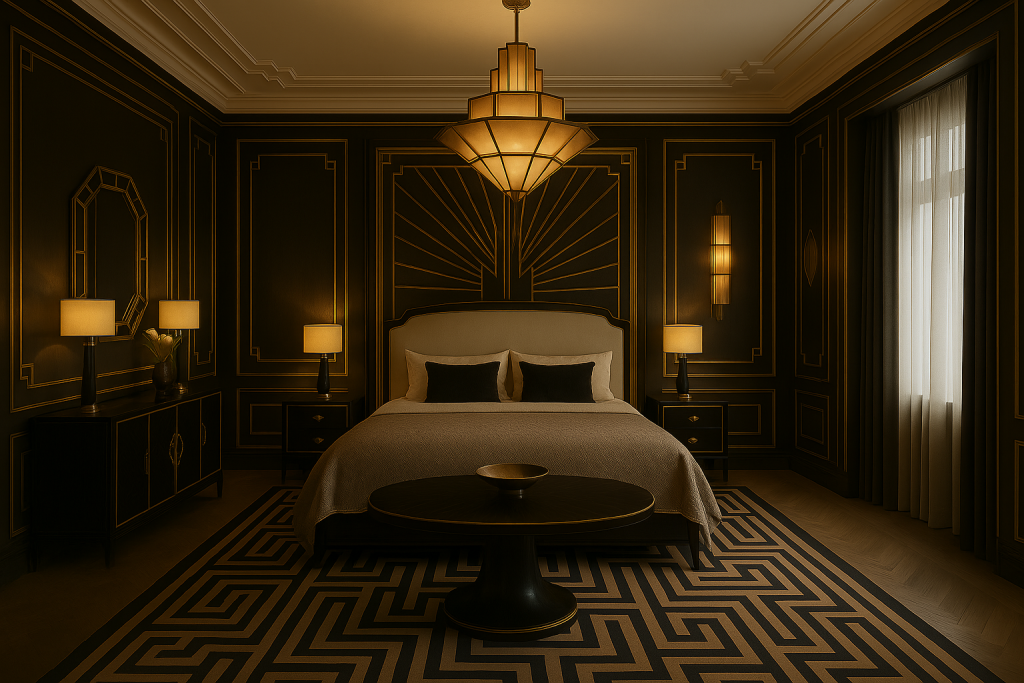
Whether you’re restoring a heritage property or designing a modern estate with Art Deco influences, we help homeowners throughout Canada bring this timeless style to life through handcrafted detail and exceptional design quality.
Final Thoughts
Art Deco isn’t just a look. It’s a statement. It’s a declaration of taste, wealth and architectural ambition.
And for the discerning Canadian and US homeowner, embracing Art Deco means honouring the legacy of great design while investing in the future of luxury living.
From New York skyscrapers to Vancouver’s Art Deco gems, this style has proven it can stand the test of time.
Bold, elegant and forever iconic.
Discover the Art of Custom Luxury at ArtBoulle.com
Explore how we blend historical influence with modern mastery to create bespoke doors and interiors inspired by one of the most luxurious architectural movements in history.
Because true luxury never fades. It evolves.

